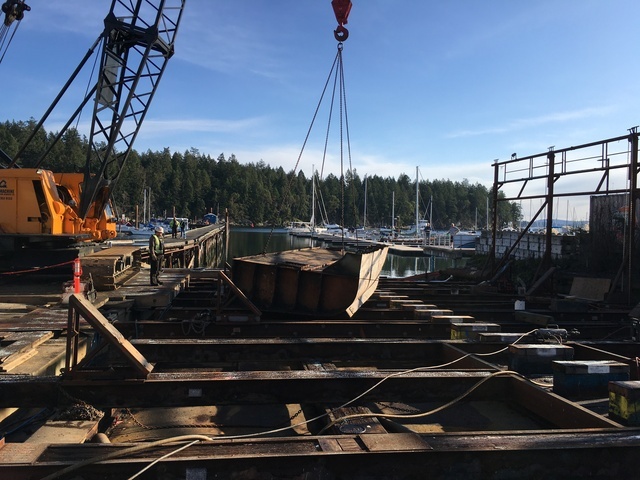A global regulation that will substantially reduce harmful sulphur oxide (SOx) emissions from ships comes into effect from 1 January 2020, bringing significant benefits for both human health and the environment. From 1 January 2020 the global upper limit on the sulphur content of ships' fuel oil will be reduced to 0.50% (from 3.50%). Known as "IMO 2020", the reduce limit is mandatory for all ships operation outside certain designated Emission Control Areas, where the limit is already 0.10%. The new limit will mean a 77% drop in overall SOx emissions from ships, equivalent to an annual reduction of approximately 8.5 million metric tones of Sox. Particulate matter - tiny harmful particles which form when fuel is burnt - will also be reduced. Read more: IMO News











